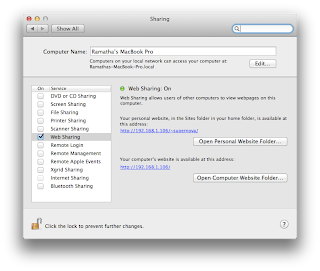Quantum Error Correction: A Journey Beyond Classical Codes
Introduction
Quantum error correction is a fundamental field in quantum computing. Unlike classical error correction, which deals with bit-flip errors, QEC addresses the unique challenges posed by quantum systems. Let’s explore further:
- Quantum Bit (Qubit):
- A qubit can exist in a superposition of states (0 and 1).
- Due to quantum noise (decoherence), qubits are susceptible to errors during computation.
- Stabilizer Codes:
- Stabilizer codes form the backbone of QEC.
- They encode logical qubits into larger quantum states.
- The stabilizer group defines the error syndrome measurement operators.
- Error Syndromes:
- Measuring the stabilizer generators reveals the error syndromes.
- These syndromes indicate which errors occurred during quantum operations.
- The goal is to correct these errors without disturbing the encoded information.
Mathematical Aspects
- Pauli Operators:
- Pauli X, Y, and Z operators play a crucial role in QEC.
- They represent bit-flip, phase-flip, and combined errors.
- The stabilizer group consists of Pauli operators.
- CSS Codes (Calderbank-Shor-Steane):
- CSS codes combine classical and quantum codes.
- They correct both bit-flip and phase-flip errors.
- Examples include the [[5,1,3]] code and the [[7,1,3]] Steane code.
- Fault-Tolerant Quantum Gates:
- Concatenated codes allow fault-tolerant gates.
- Logical gates are implemented using physical gates.
- The threshold theorem sets a minimum error rate for fault tolerance.
Innovations and Challenges
- Topological Codes:
- Topological codes (e.g., surface codes) exploit spatial arrangements.
- Errors manifest as topological defects.
- These codes promise robustness against local errors.
- Subsystem Codes:
- Subsystem codes generalize stabilizer codes.
- They allow encoding of logical qubits across multiple physical qubits.
- Surface codes are a specific type of subsystem code.
- Quantum Neural Networks (QNNs):
- QNNs combine machine learning and quantum error correction.
- They learn optimal error correction strategies.
- Training QNNs remains an active area of research.
Conclusion
Quantum error correction is essential for building practical quantum computers. As we explore novel codes, fault-tolerant gates, and hybrid approaches, we inch closer to scalable quantum computation. Remember, in the quantum realm, superposition is our ally, and entanglement our guide.



Comments
Post a Comment